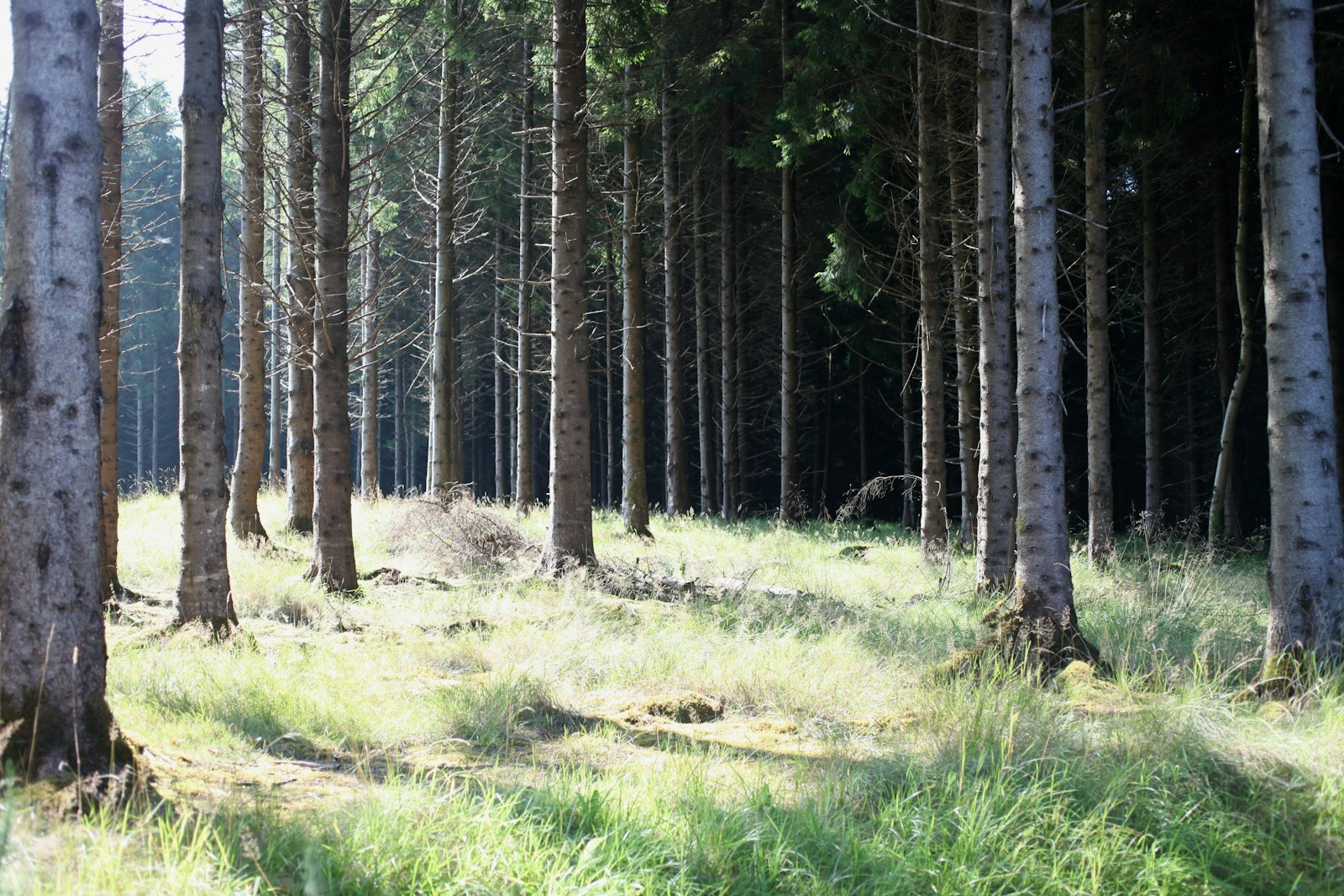Supreme Court Examines Conflict Between Forest Rights Act and Forest Conservation Act on Tribal Housing

Introduction
In a significant development, the Supreme Court of India in Sugra Adiwasi & Ors. v. Pathranand & Ors. (Civil Appeal No. 2590 of 2019, decided on 23 September 2025) addressed the complex intersection between the Scheduled Tribes and Other Traditional Forest Dwellers (Recognition of Forest Rights) Act, 2006 (FRA) and the Forest (Conservation) Act, 1980 (FCA). The Court, while examining the rights of forest dwellers to construct pakka dwelling houses within forest areas, raised crucial questions about balancing tribal welfare and environmental conservation. The bench comprising Justice Pamidighantam Sri Narasimha and Justice Atul S. Chandurkar sought to harmonize the two statutory frameworks and directed the Union Government to formulate a structured approach reconciling both objectives.
Table of Contents
Case Background and Procedural History
The matter arose out of Civil Appeal No. 2590 of 2019, Sugra Adiwasi & Ors. v. Pathranand & Ors., along with connected proceedings including Contempt Petition (Civil) No. 554 of 2022. Several interlocutory applications were also on record, such as IA Nos. 28150/2020 and 35091/2019, which sought directions and interim stays. The case came before the Supreme Court as an appeal involving the construction of permanent (pakka) houses for forest-dwelling communities and whether such construction could be carried out on forest land without violating the FCA.
The petitioners, represented by senior counsel Ms. Anitha Shenoy, argued that the FRA recognises and vests rights in forest dwellers, including the right to habitation and livelihood, and that these rights should logically include the ability to build safe, durable homes within their recognised forest areas. On the other hand, the Union of India, represented by Additional Solicitor General Ms. Aishwarya Bhati, and other respondents highlighted the importance of compliance with the FCA’s regulatory mechanisms aimed at forest preservation.
Core Legal Issue
The Court identified the central issue as a conflict between two statutory imperatives:
- The right of forest dwellers to secure dignified housing under the FRA, which recognises their traditional habitation and livelihood rights; and
- The obligation of the State to regulate and preserve forest land under the FCA, which requires prior central approval for any non-forest use of forest land.
The question, therefore, was whether the construction of permanent dwelling houses by or for forest dwellers under the FRA could be undertaken notwithstanding the prohibitions and regulatory requirements under the FCA.
Statutory Framework and Analysis
The Court undertook a detailed reading of the relevant provisions of both legislations.
Under Section 4 of the FRA, forest rights are recognised and vested in forest-dwelling Scheduled Tribes and other traditional forest dwellers who have been residing in such forests for generations. Section 3 enumerates these rights, including rights to hold, live in, and cultivate forest land. However, Section 3(2) provides that certain development activities such as schools, health centres, fair price shops, roads, and minor irrigation facilities may be carried out notwithstanding anything contained in the Forest (Conservation) Act, 1980, provided these are undertaken by the Government and conform to limits specified under the Rules.
The Court emphasised that this “notwithstanding” clause is narrow and specific and it only exempts activities explicitly mentioned in Section 3(2) and does not include construction of dwelling houses. Hence, the FRA does not, by itself, authorise private or individual construction of permanent houses within forest areas without oversight under the FCA.
On the other hand, the Forest (Conservation) Act, 1980 is not a statute of absolute prohibition but a regulatory framework that enables the Central Government to monitor, evaluate, and permit limited non-forest activities within forest lands, provided such activities do not endanger forest ecology. The Supreme Court, citing its earlier observations in T.N. Godavarman Thirumulpad v. Union of India [(1997) 2 SCC 267], reaffirmed that forest protection is a constitutional obligation under Articles 48A and 51A(g) and cannot be diluted by administrative expediency.
Thus, while FRA serves a social justice and human rights function, FCA serves a public trust and environmental governance function. The Court underscored that neither statute can be implemented in isolation; both must coexist in a manner that furthers their respective objectives.
Arguments Advanced
Senior counsel for the petitioners contended that forest dwellers’ rights to habitation under the FRA must be interpreted broadly to include permanent shelter, since temporary or makeshift housing is neither sustainable nor safe. The State’s developmental responsibilities towards these marginalised groups, it was argued, should not be frustrated by an overly restrictive reading of the FCA.
The Union and State counsel, however, maintained that any construction within forest areas without prior approval under the FCA would constitute a violation of forest law. They further argued that any “notwithstanding” clause in the FRA cannot be used to nullify the safeguards of the FCA, especially since the latter operates as a central environmental statute under Article 253 of the Constitution.
Court’s Reasoning
After hearing the parties, the Supreme Court observed that the Forest Rights Act and the Forest (Conservation) Act must be read in harmony, not conflict. The FRA recognises the rights of forest dwellers, but those rights are subject to regulatory mechanisms that ensure the integrity of forest ecosystems. The Court declined to accept the argument that the FRA overrides the FCA for purposes of housing construction. Instead, it stressed that a “convergent interpretation” is necessary, whereby both statutes supplement each other in protecting both human and environmental interests.
The Court acknowledged that the State has a duty to ensure minimum living conditions for forest dwellers, including housing, but such measures must be subject to the regulatory framework of the FCA. It emphasised that governance of forests must involve monitoring, regulation, and accountability, and that the FCA provides a legal structure for this oversight. The bench further held that any activity within forest areas, even if for the benefit of forest dwellers, must be carried out within an institutional framework of compliance.
Directions of the Court
Recognising the competing priorities, the Supreme Court refrained from delivering a final determination on the legality of constructing permanent houses within forests. Instead, it issued specific directions to the Central Government to formulate an appropriate regulatory mechanism.
The Court directed the Ministry of Environment, Forest and Climate Change (MoEF&CC) and the Ministry of Tribal Affairs to hold detailed consultations and to file a joint affidavit within four weeks. The affidavit must set out the scope, method, and manner in which the Government proposes to enable the construction of dwelling houses for forest dwellers, ensuring full compliance with the FCA’s conservation mandates. The matter was to be listed immediately after the filing of the affidavit for further consideration.
The Court’s directive, therefore, places the responsibility on the executive to develop a policy framework that balances the twin goals of forest conservation and tribal welfare, potentially through amendments, notifications, or guidelines consistent with both Acts.
Implications
This order is not merely procedural; it carries substantial legal and policy implications. It signals the Supreme Court’s intent to adopt a sustainable development approach, ensuring that neither forest rights nor environmental safeguards are compromised. The direction to the two ministries underscores the importance of inter-departmental coordination in resolving conflicts between environmental and social welfare legislations. It also reflects judicial recognition of the constitutional balance between Article 21 (right to life) and Article 48A (environmental protection).
Future policy frameworks developed pursuant to this order will likely define parameters for permissible construction by forest dwellers, incorporating safeguards such as environmental impact assessment, size restrictions, and administrative approval mechanisms.
Conclusion and Author’s Opinion
The Supreme Court’s order in Sugra Adiwasi represents a thoughtful step toward reconciling two seemingly divergent legislative goals. Rather than allowing one statute to eclipse the other, the Court has sought a principled synthesis between welfare and conservation. In the author’s view, this approach exemplifies constitutional pragmatism and acknowledging both the ecological sensitivity of forests and the dignity of tribal communities who depend upon them.
The decision ensures that the State cannot use environmental laws to marginalize indigenous populations, nor can welfare policies disregard ecological sustainability. Going forward, the onus lies on the executive to design a transparent, accountable policy that enables housing for forest dwellers while maintaining environmental integrity. Such a harmonised framework would mark a progressive realization of India’s dual constitutional commitments to social justice and environmental stewardship.
For further details, write to contact@indialaw.in
By entering the email address you agree to our Privacy Policy.



